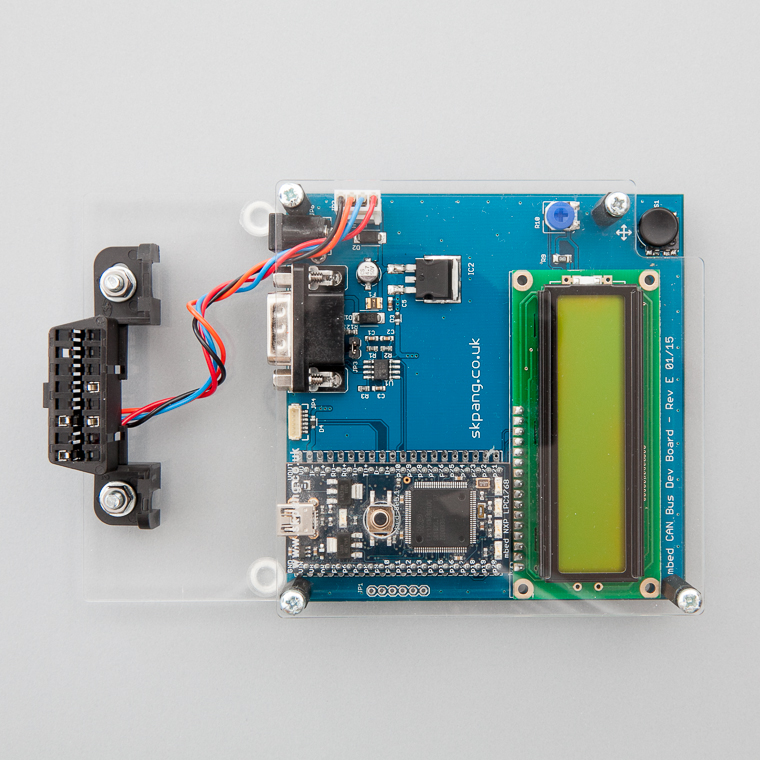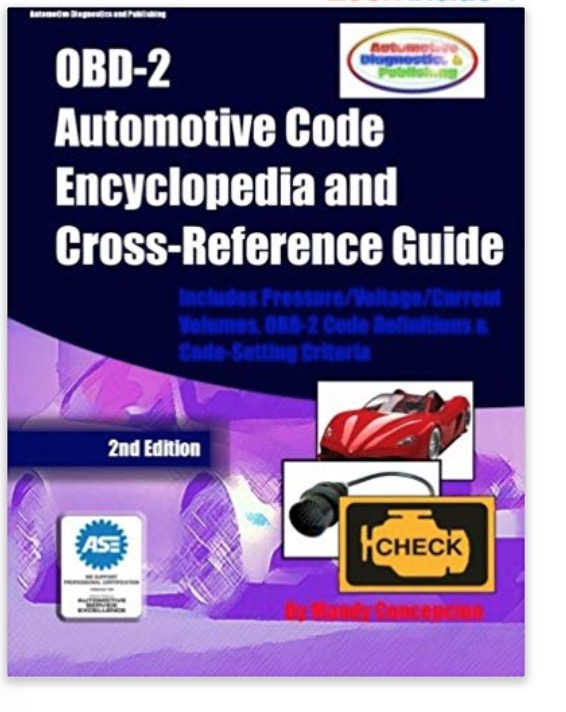Recent Posts
CAN-Bus ECU Simulator with mbed NXP LPC1768 module
Posted by on
This CAN-Bus ECU simulator by SK Pang Electronics uses the popular mbed NXP LPC1768 module. It is useful for testing OBD-II interfaces and writing diagnostic software. ECU PIDs parameters are adjustable via menu options.
The mbed NXP LPC1768 is an easy-to-use MCU development board designed for rapid prototyping. At its heart is a powerful 32-bit ARM Cortex-M3 processor running at 96 MHz with 512 KB flash and 32 KB RAM, which makes it far more capable than popular 8-bit prototyping alternatives.
A comprehensive firmware library and plenty of sample code help you get your program up and running quickly, and a free online IDE and C++ compiler means that no software installation is required.
Hardware Features
- mbed LPC1768 module
- mbed pre-programmed with ECU simulator firmware
- 250 or 500kb/s CAN speed
- Open source firmware
- 2x16 LED back lit LCD with contrast adjustment
- Female OBDII socket with 12v supply to interface
- 5-way menu navigation button
- 12v external PSU (included - UK 3pin mains plug)
- uSD card socket
- Lasercut acrylic baseplate and cover
- GPS input (connector not fitted)
Firmware Features
- SAE standard J1979. PIDs partially implemented. Mode 01, 02, 03
- Adjustable PID parameters via menu options:
- Engine RPM
- Throttle position
- Vehicle speed
- Coolant temperature
- MAF airflow sensor
- O2 sensor voltages
- Setting and clearing Diagnostic Trouble Codes (DTC)
- Open source firmware, other PIDs can be added
OBD-2 Automotive Code Encyclopedia and Cross-Reference Guide
This guide was written without the sponsoring of any one particular company or organization. No endorsements are made or implied. Any reference to a company or organization is done purely for sake of information.
Here, you'll also have access to a series of useful cross-reference automotive sensor values, such as MAP, TPS, FRP or fuel-rail-pressure sensor, etc, which makes for a useful tool during repairs. All codes seen in this guide were backward engineered from the development of our Scan-1 OBD-II Scanner and Diagnostic System.
Due to our extensive development with automotive ECMs and the Scan-1 we were able to compile the most complete OBD-2 code list in the industry. Due to the nature of the development of the Scan-1 the definitions here may differ somewhat from other publications. In one word, the Scan-1 being a completescanner and diagnostic tool generated a large amount of information, which we’re now able to bring to you in a cost effective way.
In this publication, you’ll also have access to all the Generic OBD 2 code definitions, as well as the code setting criteria. Keep in mind that although the OBD-2 code definition is the same for all manufacturers; this isn’t so for the code setting criteria. An effort has been made to keep the data as simple and straightforward as possible. In certain cases, the manufacturer has specified multiple instances of the same code. When presented with this situation, simply study the multiple instances and apply them to the vehicle at hand.
 Loading... Please wait...
Loading... Please wait...


